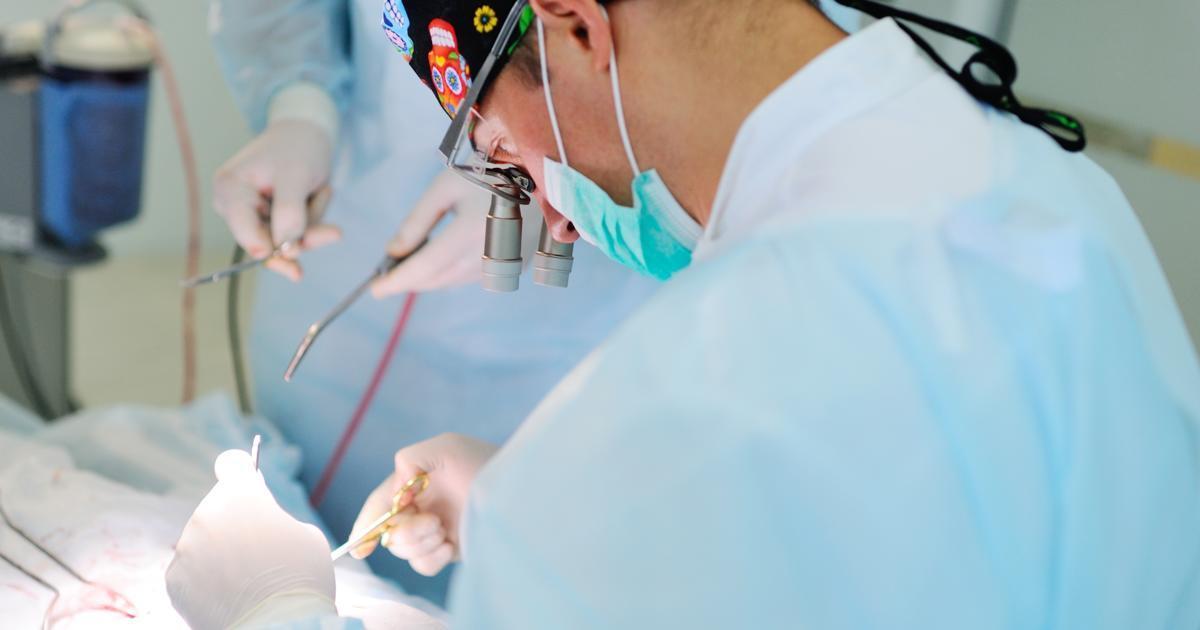Guide To Diagnosing And Treating Cataracts
A cataract is a progressive eye condition, which can occur in one or both eyes, where the lens of the eye, which is normally clear, gradually clouds over. Symptoms of cataracts include blurry vision, sensitivity to light, seeing spots or halos around lights in the visual field, and difficulty seeing at night. Patients who have cataracts may also find colors appear less vivid than usual and they need extra light for reading and other close-up tasks. If left untreated, cataracts can significantly impair an individual's ability to drive safely. Cataracts most often occur in those over sixty years old, and more than 200,000 cases are diagnosed in the United States every year. By the age of eighty, more than fifty percent of individuals will experience a cataract in one or both eyes.
Prescription Glasses

Prescription glasses can help ease the blurry vision patients typically experience with cataracts. Often, blurry vision is accompanied by other eye problems such as nearsightedness, also known as myopia. This condition makes it harder to see objects in the distance. Since cataracts often occur with other eye concerns, it is especially important for patients to attend regular eye exams with an optometrist. In general, patients are advised to have screening exams at least every one to two years, and patients who have diabetes or who have active cataracts may need screening more frequently. As cataracts advance, many patients will often need multiple adjustments to their existing glasses due to vision changes. Eye health professionals can work with each patient to find the prescription that provides the best symptom relief for them. For example, they may suggest the use of an anti-glare coating on the lenses of the glasses to decrease sensitivity to light and help with driving. High-strength lenses may help patients whose cataracts are particularly advanced.
Cataract Surgery

Surgery is the only way to remove cataracts and restore normal vision. The surgery is normally recommended when a patient's cataracts impact their quality of life, making it difficult for them to enjoy daily activities such as watching TV, reading, and driving. For patients who have additional eye problems such as diabetic retinopathy or macular degeneration, cataract removal may be necessary to properly examine and treat these issues. Surgery for cataracts has an estimated ninety percent success rate. For patients with cataracts in both eyes, one cataract is removed in a single surgery, and a second operation is usually scheduled for the following month to remove the remaining cataract. Typically, the operation lasts one hour, and most patients can remain awake for the entire procedure, which can be done using local anesthetic and numbing drops for the eye. During the operation, the cloudy lens with the cataract is removed, and an artificial lens is placed. Patients can leave the same day of the surgery, and most will make a complete recovery within two months. Eye drops may be used following cataract surgery to heal the eye and prevent infection.
